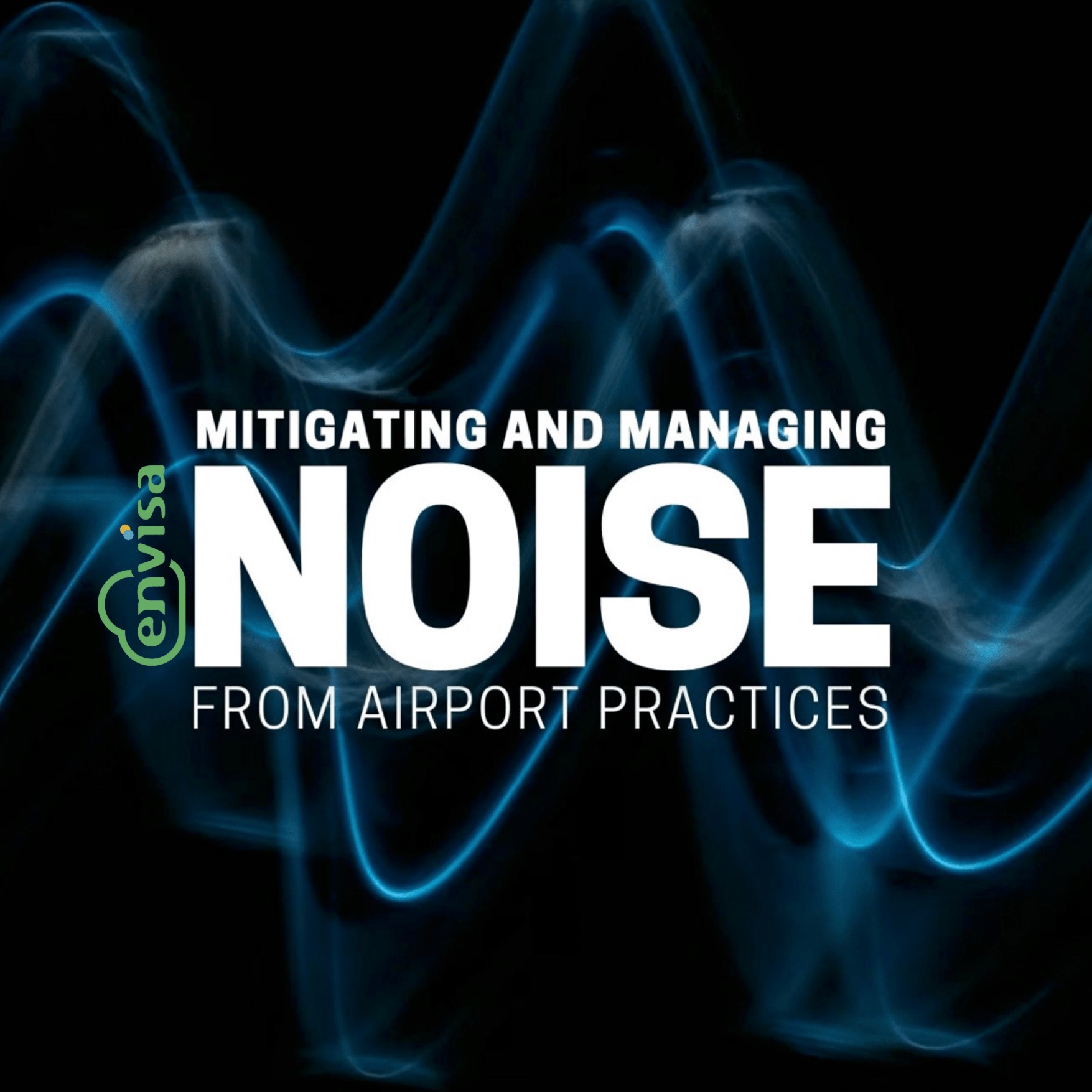Top 10 Air Treatment and Noise Management Companies

Introduction: The Foundation of Modern Environments
Air treatment and noise management are critical technologies for health and comfort. Air treatment controls indoor air quality (IAQ) through filtration, ventilation, and purification. Noise management reduces unwanted sound using absorption, blocking, and cancellation techniques. Good IAQ and acoustic comfort improve human health, productivity, and enviro
nmental sustainability. This industry is growing due to urbanization, greater health awareness, and strict enviro
nmental rules. This list ranks the top ten companies ba
sed on innovation, market impact, and solution range.
Industry Standards and Regulatory frameworks
Companies must follow global standards and regulations. Key standards include ISO 3744 for accurate noise testing and ASHRAE 62.1 for ventilation requirements. Regulations like the EU's Noise Directive and the US EPA's Clean Air Act push for advanced technology use. Certifications like LEED and WELL Building Standard promote green, healthy building designs. Performance is measured in units like decibels (dB(A)) for sound and PM2.5 for air particles. Regulations differ by region; Asia often has stricter noise controls, while North America focuses more on air quality. Compliance with these rules is a key factor in a company's success.
Current Trends in Technological Innovation
Innovation drives this industry forward. Artificial Intelligence (AI) and the Internet of Things (IoT) are now common. Smart sensors mo
nitor air quality in real-time and adjust systems automatically. In noise control, Active Noise Cancellation (ANC) technology uses sound waves to cancel out unwanted low-frequency noise. Air filters using nanofibers capture very tiny particles more efficiently. Companies are also integrating renewable energy, like solar-powered ventilators, to reduce carbon footprints. Advanced software models sound in buildings before they are built. Some are even exploring biological air purification using plants or enzymes. These innovations make companies more competitive.
Analysis of Market Leading Companies
The top companies are leaders in revenue, global reach, and patented technology.
Company A is a pio
neer in smart air purifiers with its patented HEPA-Hybrid filters.
Company B specializes in large-scale industrial noise barriers for airports and has annual revenue exceeding $1 billion.
Company C dominates the residential market with its stylish acoustic panels.
Company D excels in commercial building systems that integrate seamlessly with LEED certification.
Company E holds a strong position in the Asian market, supported by the region's strict regulatory environment. This ranking is ba
sed on market share data and verifiable project case studies.
In-Depth Look at Application Areas
These technologies serve many sectors. In
healthcare, hospitals use HEPA filtration and ultra-quiet HVAC systems in operating rooms to minimize infection risk and support patient recovery. In
industrial settings, companies install acoustic enclosures around machinery to lower noise levels to meet OSHA safety standards. The
commercial real estate sector uses integrated IAQ and acoustic design to attract and retain tenants. The
residential market is growing rapidly for home air purifiers and soundproofing panels. In
transportation, major projects include noise barriers along highways and around airports.
Schools and universities are also prioritizing these solutions to improve student co
ncentration and learning outcomes.
Sustainability and The Path Forward
Sustainability is a major focus. Leading companies adopt carbon-neutral manufacturing processes and use recycled materials. For example, some now produce noise barriers from recycled plastics. The industry faces challenges like the high energy co
nsumption of air systems and electro
nic waste from device upgrades. Future trends point toward integration with smart city infrastructure, wher
e air and noise data informs urban planning. Emerging fields like quantum acoustics could revolutio
nize precision noise control. The circular eco
nomy model is gaining traction, with companies offering leasing programs to reduce waste. Global events, like the pandemic, have accelerated innovation in air purification, highlighting the need for o
ngoing research and development.

